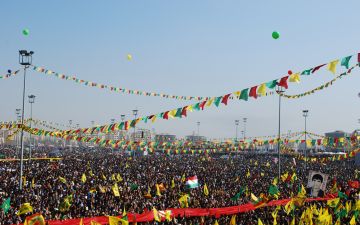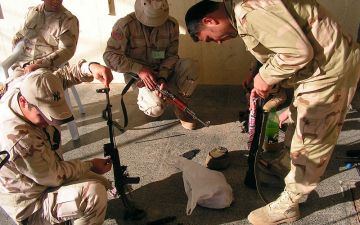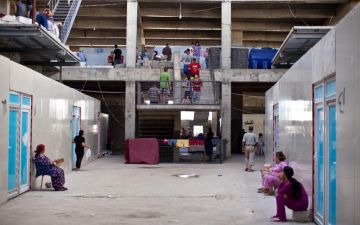Last October, when an earthquake devastated Turkey's Kurdish southeast, relief crossed borders. For Iraqi Kurds it was more than neighborly. "Real Kurds," wrote an Iraqi journalist, "are those who have donated their money and clothes to other civilians in Turkey."
The border between Turkey and Iraq slices through an unrealized Kurdish nation. Diyarbakir, the symbolic capital, is in Turkey. In its mayor's office hangs a photo of Massoud Barzani, the president of Iraqi Kurdistan. Kurds on either side of the border struggle with an ethnic identity that clashes with a national one. But unlike in Turkey, where Kurds are embroiled in a decades-long war with the Turkish state and a generation of disenfranchised youth see little alternative to fighting, Iraq's Kurds are thriving. This is thanks, in no small part, to the Turkish government.
Erbil, a bustling city in Iraqi Kurdistan, was built by Turkish construction, and Turkish companies account for more than half of the foreign corporations there. Eighty-percent of local goods are Turkish. A proposed pipeline through Turkey will link oil-rich Iraqi Kurdistan to Western markets. But while Iraqi Kurdistan's wealth makes it a valuable partner, its autonomy makes it a dangerous example. Turkey's embrace is also a tourniquet.
As Erbil grows, will the border bridge together pieces of Kurdistan, or wall in Turkey's southeast? Will neighboring prosperity offer a new future for Turkey's Kurdish youth? Is it a sign of hope or of betrayal?
Today, negotiation with its Kurdish minority is Turkey's most important challenge. An alliance with Erbil could help ease violence in Turkey. Or, it could further isolate Turkey's Kurds, creating disaster instead of providing relief.






